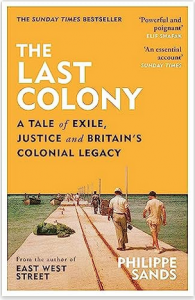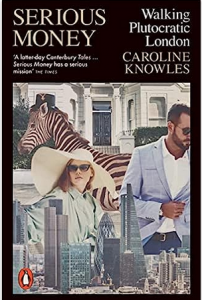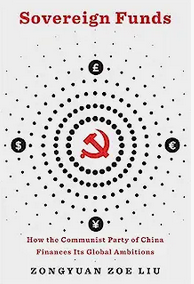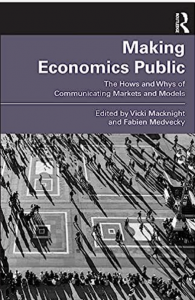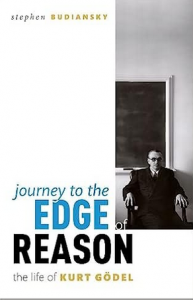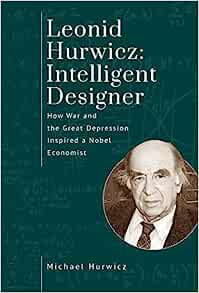It’s our summer vacation & despite having the grandchildren with us this year (9 months and 4 1/2) I’ve managed to read quite a lot. I particularly enjoyed Philippe Sands The Last Colony: A Tale of Exile, Justive & Britain’s Colonial Legacy. Sands has an amazing talent for making legal analysis a compelling narrative of justice. This book concerns the long process of having Britain’s illegal separation of the Chagos Islands (including Diego Garcia) from Mauritius, and forced removal of the islanders, recognised by the UN and the International Court of Justice in the Hague. The UK does not come out of this well – through multiple governments, it – we – battled the process and then refused to recognise the finding. So this is not entirely a party political issue: one of those standing firm against acknowledging the fault and compensating islanders properly was David Miliband as Foreign Secretary. As Sands writes, “Two Prime Ministers and Five Foreign Secretaries have embraced lawlessness, for reasons that are unclear.” The UK has hardly begun to face up to its colonial past, trailing many other countries in acknowledging history. The book is also ultra-depressing about Britain’s post-Brexit loss of influence in international fora.
Another compelling read was Serious Money by Caroline Knowles, a sociologist’s walk through ultra-high net worth London, interviewing a few of the plutocrats and many of those who serve them – who are, unsurprisingly, hesitant about talking. It’s very persuasive about how damaging it has been for the city to have a swathe of the centre hollowed out as a playground of the rich. (Although, as she adds, “Given the ways in which Britain intervened in the middle east to control oil and politics in the early 20th century, Middle East appropriation of prime London real estate seems oddly apposite.”) Some of the descriptions of uber-rich life are eye opening. The most optimistic line in the book? “The biggest clue that serious money is seriously fragile lies in its overwhelming secrecy, concealment and separation of wealthy life; private streets, private clubs, security cordons, the proprietary secrets of the algorithm, private meeting rooms, private hideaways. Why this secrecy? What exactly is hidden and why?”
Also enjoyed: Magnificent Rebels by Andrea Wulf, Demon Copperhead by Barbara Kingsolver, Long Live the Post Horn by Vigdis Hjorth, The Light of Day by Eric Ambler.

